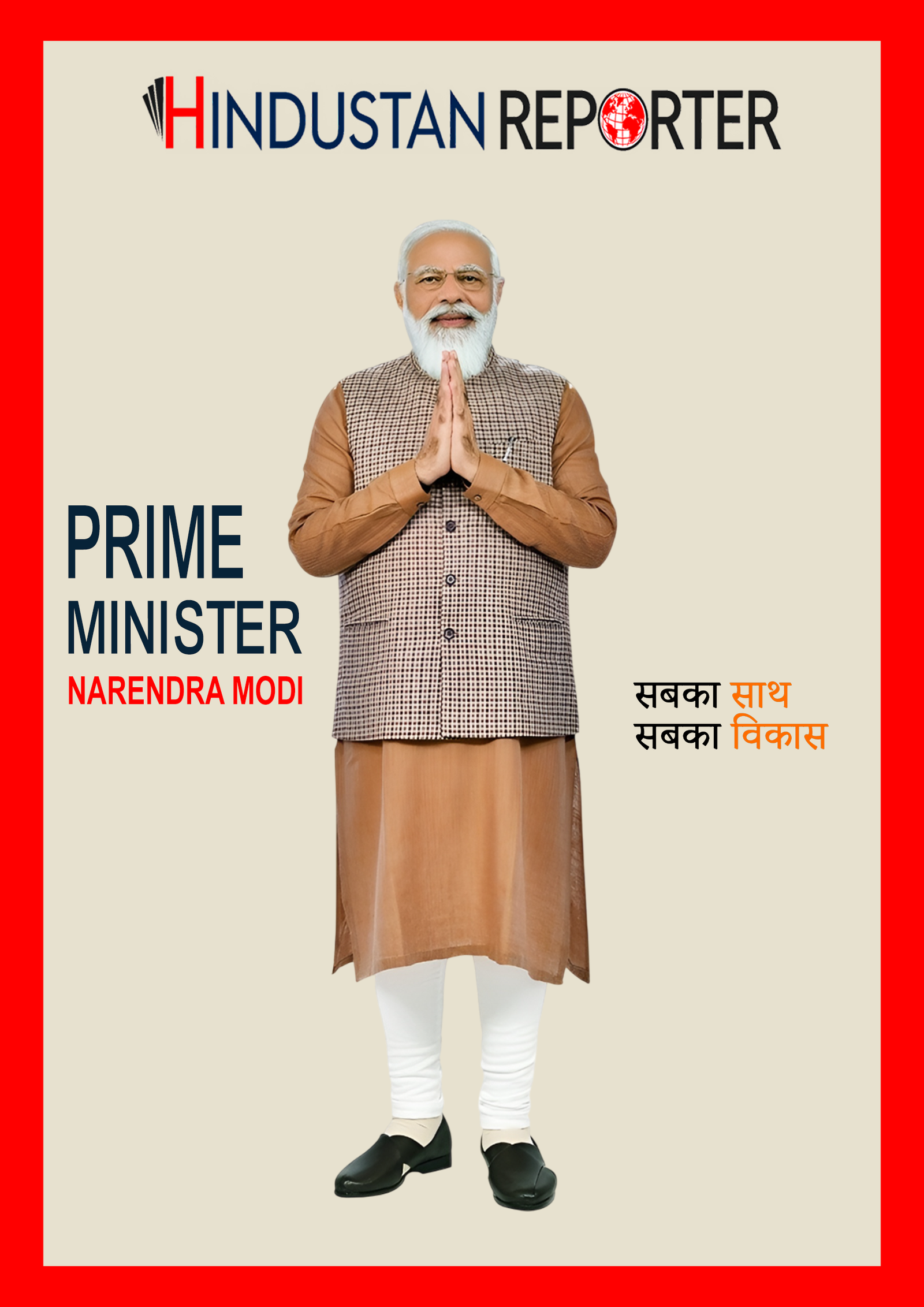In the early stages of the pandemic, medical professionals were having difficulty comprehending why a small percentage of children who had contracted the COVID virus and successfully fought it off began to experience severe inflammation and organ failure weeks later.
MIS-C is a condition with potentially fatal outcomes. Before scientists made a significant finding earlier this year, the cause was unknown. It turns out that children with MIS-C were generating T cells and antibodies that attacked both their own immune system and the COVID virus.
That discovery has an intriguing backstory, and Joe DeRisi, president of our San Francisco Biohub, provided one of the answers to solving this puzzle. He and his colleagues had been studying antibodies using a technique known as phage immunoprecipitation sequencing (PhIP-Seq). In collaboration with physicians at Boston Children’s Hospital and St. Jude Children’s Research Hospital, researchers at UCSF and the San Francisco Biohub employed PhIP-Seq to identify the underlying causes of MIS-C. In addition to solving the MIS-C issue, this discovery has now created new opportunities for a broader knowledge of autoimmune illnesses.
Expanding What’s Possible in Bioengineering and Immune Research
This story reflects the goals of the San Francisco Biohub and the Biohub Network in many ways. Our mission is to provide outstanding scientists with the chance to tackle challenging scientific challenges, collaborate across disciplines and institutions, create potent tools and methodologies, and, in the end, generate discoveries that would not be possible in any other environment.
Occasionally, those findings relate to a particular illness. But more often than not, we are attempting to comprehend the most basic aspects of human biology, such as the fundamental principles behind the functioning of healthy cells and what is disturbed during disease. Since its founding in San Francisco in 2016, our network has expanded to include research institutes conducting state-of-the-art science in Redwood City, California, Chicago, and New York.
For instance, scientists are creating microsensors and tissue engineering at the Chicago Biohub in an effort to comprehend inflammation and the immune system. Numerous illnesses, including as cancer, heart disease, and Alzheimer’s, are significantly influenced by inflammation and hyperactive immune cells. The Microtissue Signaling Dynamics group, which is in charge of one of the exciting research initiatives now under progress, is examining the ways in which signaling networks within individual cells and across tissues interact to coordinate immune response. In order to build understandable models that show how illnesses progress and how cancer arises, the team plans to gather information from tissues. The ultimate objective is to use these discoveries to the development of therapeutic approaches for the treatment of cancer and autoimmune disorders.
In the meantime, scientists at the novel York Biohub have started working to bioengineer human immune cells with novel features that will aid in the early detection, prevention, and treatment of illnesses like neurological diseases and ovarian and pancreatic malignancies. Gordana Vunjak-Novaković, for instance, is investigating how cancer cells can evade the immune system’s identification. (And how we might be able to solve that in the future.) She is creating “organ-on-a-chip” tools, which are tiny, bioengineered devices that resemble human organs and can provide valuable insights into how cancers employ chemical cues to elude the body’s defenses.
Another way to study how cells behave is by looking at them directly. I recently paid a visit to our Imaging Institute, where teams of scientists and engineers are using some of the world’s most powerful microscopes to image cells in unprecedented detail — not as static objects, but as systems in motion.
These pictures, known as tomograms, are essential windows into the health and illness of cells. But extracting information from tomograms that scientists may utilize to inform their research is a laborious, time-consuming, and frequently manual procedure. The Imaging Institute developed the CryoET Data platform, an open-access platform that publishes high-quality tomogram data to help other scientists and machine learning specialists design better, quicker annotation models in order to alleviate this bottleneck. In order to help researchers better understand how healthy cells function and the alterations linked to disease, we plan to continue expanding the CryoET Data Portal, which now has over 15,000 tomograms available for analysis and model training.
Biohub Research + AI = the Future of Science
At CZI, one of our biggest wagers is that we can build virtual representations of human cells by using all of this cellular data to train AI. This includes imaging data from our Imaging Institute, molecular sequencing data from the Biohubs, and other sources from around the scientific ecosystem.
At Stanford’s Big Ideas in Medicine event, I spoke with Steve Quake, our head of science, on the potential implications of virtual cell models for science going forward. Looking ahead, we are very enthusiastic about the following possible uses: You could enter a mutation into the model to mimic how it impacts a certain cell type if you were researching a hereditary disorder. You could determine which proteins and processes are affected. Numerous potential medication possibilities could be tested. Additionally, you could check those medications for adverse effects.

